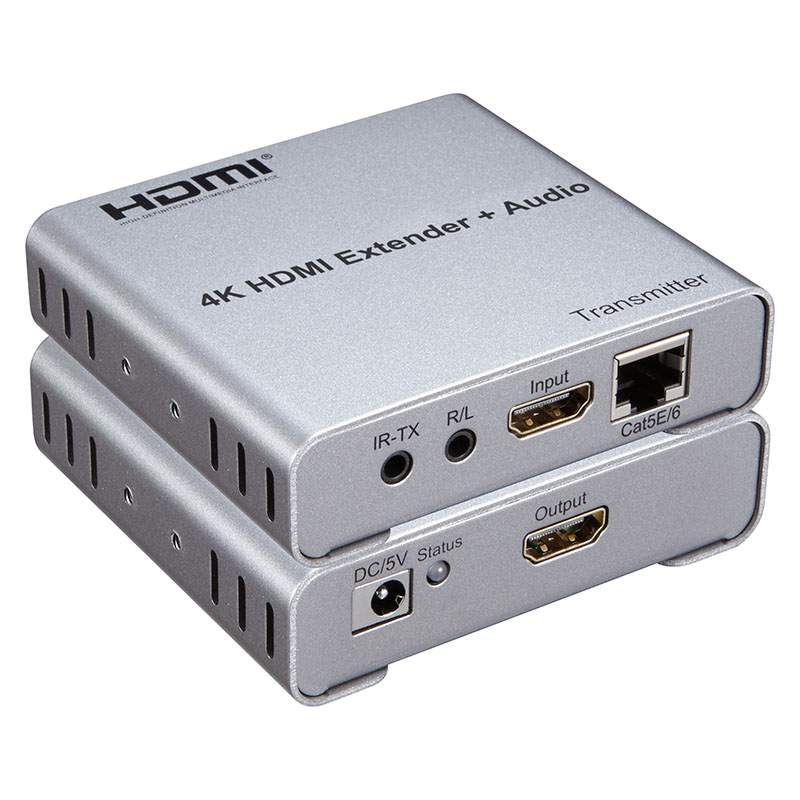家庭与办公网络布线解决方案——网线的角色
网络青年
2024-09-30 23:32:26
0次
家庭与办公网络布线解决方案——网线的角色
随着科技的发展,网络已经成为我们生活和工作中不可或缺的一部分。一个稳定、高效的网络布线系统,是保障家庭和办公室网络通畅的关键。在这其中,网线扮演着举足轻重的角色。本文将详细介绍家庭与办公网络布线解决方案中网线的角色及注意事项。
一、网线的种类与特点
网线是网络布线的基础,其主要类型包括超五类网线(UTP Cat.5e)和六类网线(UTP Cat.6)。超五类网线适用于一般家庭和普通办公室的网络连接,具有传输速度快、价格适中的特点。而六类网线则适用于大型企业、数据中心等对网络速度和传输效率要求较高的场所。
二、家庭网络布线解决方案中网线的角色
在家庭网络布线中,网线负责连接家庭内的各种网络设备,如路由器、电视、电脑、智能家电等。为了确保家庭网络的稳定性和扩展性,我们需要根据家庭实际情况选择合适的网线类型和布线方案。一般来说,客厅、卧室等区域需要布置网线接口,以满足家庭成员的上网需求。此外,为了方便未来扩展网络设备,还可以在书房或办公室等区域预留更多的网线接口。
三、办公网络布线解决方案中网线的角色
在办公网络布线中,网线的作用更为重要。它不仅需要连接电脑、打印机等设备,还需要满足高速传输数据的需求。因此,在办公环境中,我们通常选择使用六类或更高标准的网线。此外,为了确保网络的稳定性和可扩展性,还需要进行合理的布线规划和设计。例如,可以在办公室墙壁上安装网络插座,以便员工随时连接网络。同时,为了方便未来升级和扩展网络设备,还需要预留足够的网线接口。
四、注意事项
在家庭和办公网络布线过程中,我们需要注意以下几点:
1. 选择合适的网线类型:根据实际需求选择合适的网线类型,以保障网络的稳定性和传输速度。
2. 合理规划布线路由:根据实际空间和环境,合理规划网线的布线路由,以确保网络信号的覆盖范围和传输质量。
3. 确保施工质量和安全:在布线过程中,要确保施工质量符合相关标准和规范,确保施工安全。
4. 定期检查和维护:定期对网络布线系统进行检查和维护,及时发现和解决潜在问题,确保网络的稳定运行。
Network Cabling Solutions for Homes and Offices - The Role of Cables
With the development of technology, the internet has become an integral part of our lives and work. A stable and efficient network cabling system is the key to ensuring smooth internet connectivity in homes and offices. Among them, cables play a pivotal role. This article will delve into the role of cables in both home and office network cabling solutions and the matters that need attention.
I. Types and characteristics of cables Cables are the foundation of network cabling, and their main types include Category 5e Unshielded Twisted Pair (UTP Cat.5e) and Category 6 Unshielded Twisted Pair (UTP Cat.6). Category 5e cables are suitable for general home and office network connections, with fast transmission speeds and moderate prices. Category 6 cables, on the other hand, are suitable for large enterprises, data centers, and other places where high network speed and transmission efficiency are required. II. The role of cables in home network cabling solutions In home network cabling, cables are responsible for connecting various network devices in the home, such as routers, televisions, computers, smart appliances, etc. To ensure the stability and scalability of the home network, we need to select appropriate cable types and cabling solutions based on the actual situation at home. Generally, cable ports need to be installed in living rooms, bedrooms, and other areas to meet the internet needs of family members. Additionally, to facilitate future expansion of network devices, more cable ports can be reserved in areas such as home offices or study rooms. III. The role of cables in office network cabling solutions In office network cabling, the role of cables is even more significant. They not only need to connect computers, printers, and other devices but also need to meet the demand for high-speed data transmission. Therefore, in an office environment, we usually choose to use cables of Category 6 or higher standards. Additionally, to ensure network stability and scalability, reasonable cabling planning and design are also necessary. For example, network sockets can be installed on the walls in offices to allow employees to connect to the internet at any time. At the same time, to facilitate future upgrades and expansions of network devices, enough cable ports need to be reserved. IV. Matters that need attention In the process of home and office network cabling, we下一篇:提升网络性能,优质网线不可或缺
相关内容
热门资讯
网线故障排查与修复技巧
本文介绍了网线故障的排查与修复技巧,包括测试网络连接、检查物理连接、使用工具检测等排查方法,以及更换...
网线故障排查与解决方法:让网络...
本文介绍了网线故障排查与解决方法,包括物理检查、连接设备及网络设备状态等方面,针对常见故障如网络不稳...
网线的历史与发展趋势
网线历史悠久,从电话线到光纤,逐渐发展成高速、高带宽的数据传输工具。未来趋势包括高速、高带宽、光纤到...
千兆网络、万兆网络与网线的选择...
摘要:选择适合的网线是确保网络速度和效率的关键,根据网络速度需求选择Cat 5e、Cat 6或Cat...
“解析网线传输速度与距离的关系...
网线传输速度与距离关系受多种因素影响,包括网线类型、信号衰减、干扰和噪声等。较远的传输距离可能导致信...
网线故障排查:网络产品连接不畅...
本文介绍了网线故障排查及网络产品连接不畅的解决方法,包括检查物理连接、测试网线通断、重启网络设备等步...
网线的种类与用途:你了解多少?
本文介绍了网线的种类与用途。包括屏蔽网线、非屏蔽网线、光纤网线和同轴电缆,各有不同应用场景。屏蔽网线...
网线与网络产品的兼容性:如何确...
本文讨论了如何确保网线与网络产品的兼容性及性能。选择合适网线,了解产品兼容性,正确安装连接,配置调试...
网线的长度与速度:你需要知道的...
本文详细介绍了网线长度与速度的关系,指出长度对网络体验的重要性。还提到了如何优化网线长度提高速度,以...
网线连接技巧:如何正确连接两个...
文章摘要:本文介绍了连接两个网络设备的技巧和步骤,包括准备工具和材料、连接步骤及注意事项。需确保网线...

